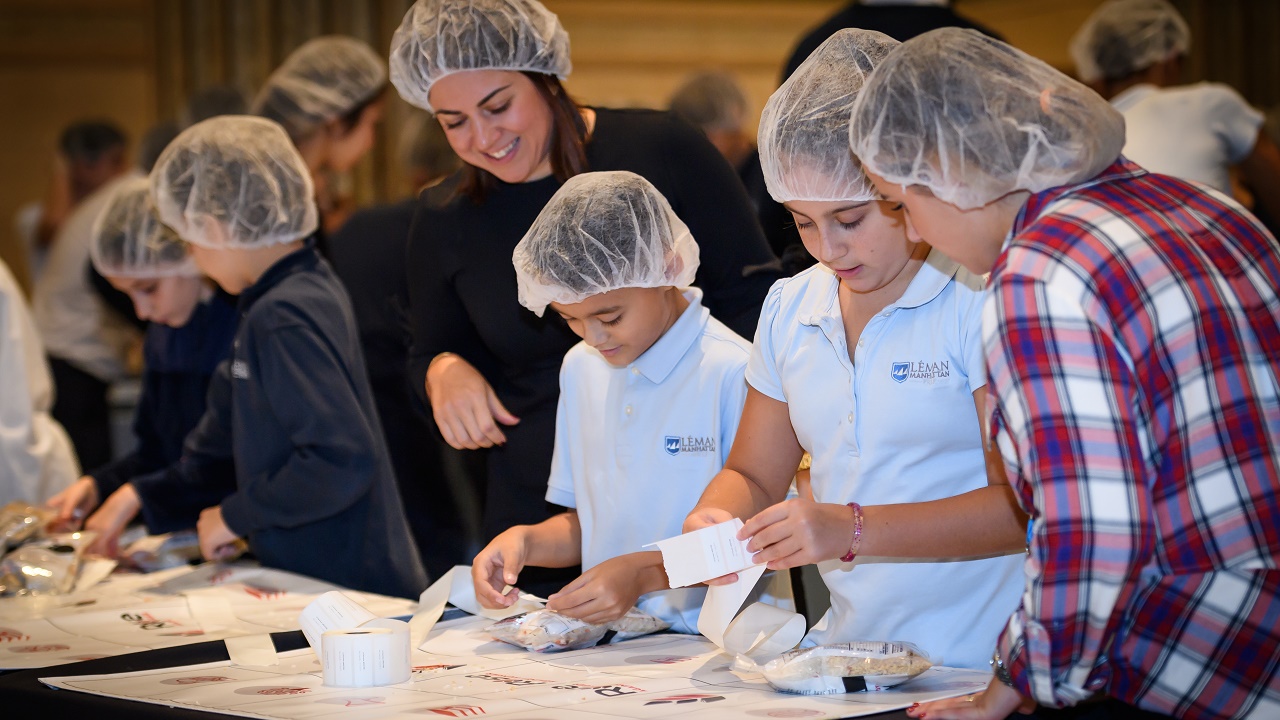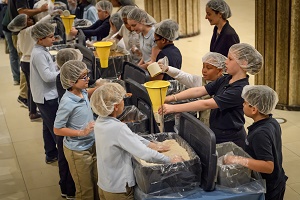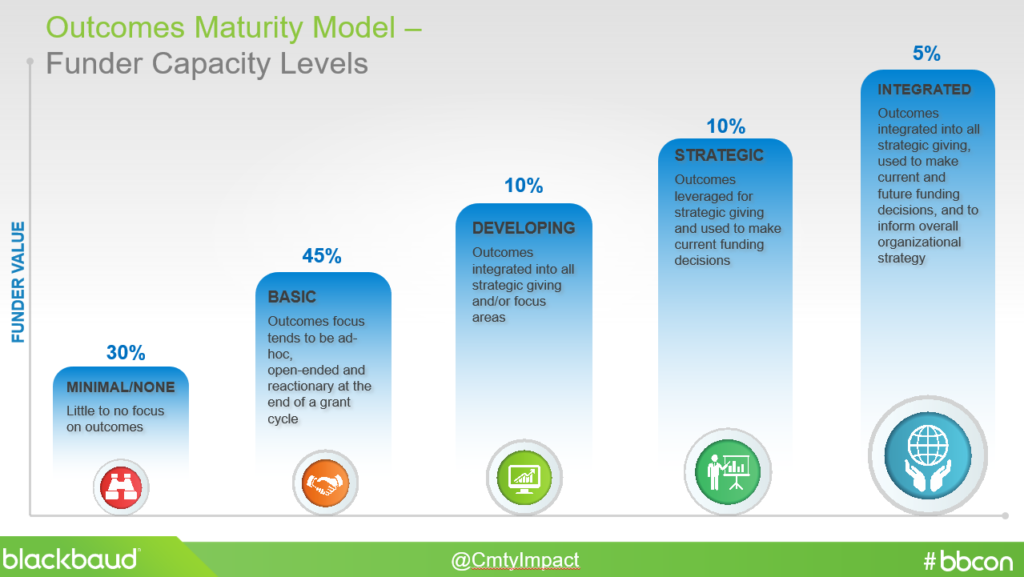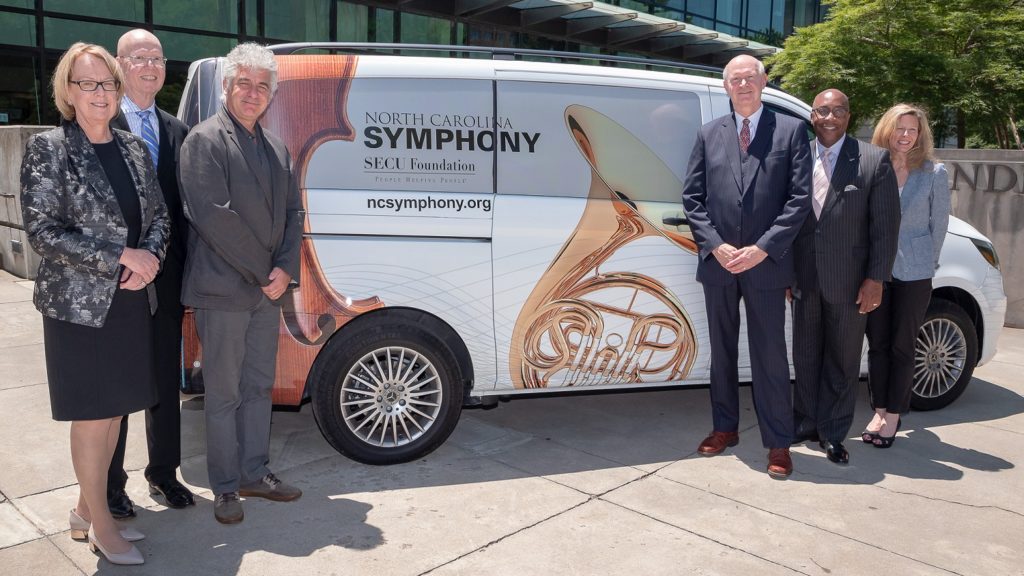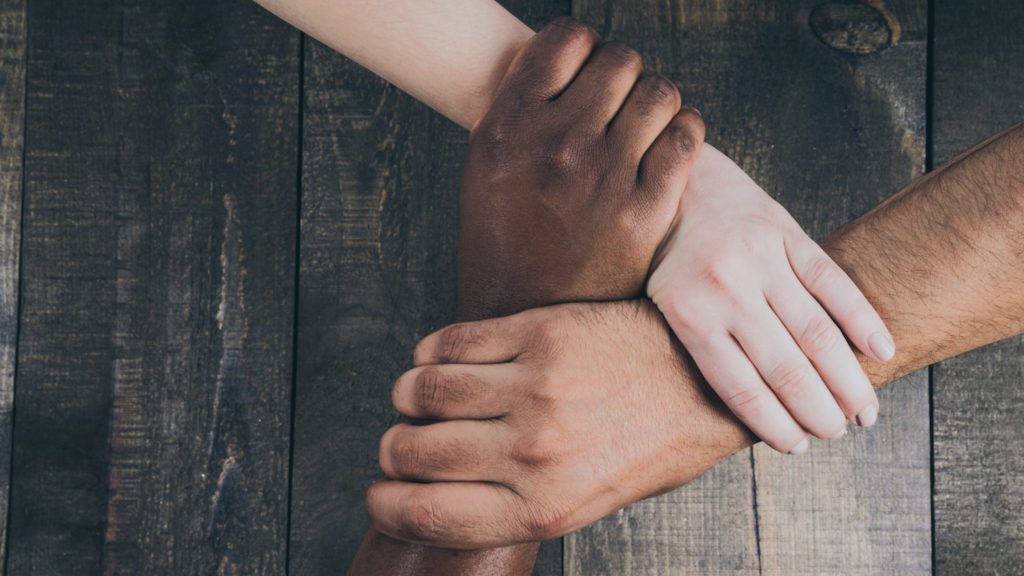 Special to the Philanthropy Journal
Special to the Philanthropy Journal
By Jolynn Berk
There is no doubt that volunteerism is invaluable to our society. Nonprofits have a finite period of time before we’ll need to pass the torch of giving back to tomorrow’s leaders—our kids.
While the thought of asking parents to squeeze volunteering between soccer games and ballet practice may sound daunting for today’s full-scheduled families, the benefits of volunteerism are seemingly limitless for nonprofits, communities and our youth. Nonprofits that engage youth in service benefit through expansion of their mission and reach, fresh energy and ideas, increased public support, and cultivation of new volunteers and supporters [1].
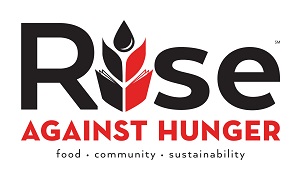 In addition to long-term community improvement, youth volunteers realize lifelong impact through [2]:
In addition to long-term community improvement, youth volunteers realize lifelong impact through [2]:
- Promotion of a healthy lifestyle, empathy and good choices
- Enhanced psychological and intellectual development
- Increased self-esteem and responsibility
- Interest in learning and applying new material
- New social skills
- Improved physical and mental health; lower rates of depression,
- And greater life satisfaction.
Children in today’s culture are rarely given an opportunity to contribute ideas, talents or time to finding causes they are passionate about. In fact, children are typically seen as beneficiaries of good will, rather than potential volunteers or organizers.
Youth who do volunteer are less likely to become involved in at-risk behaviors such as drinking alcohol and skipping school compared with those who do not [3]. Volunteerism also positively impacts other youth social and behavioral issues like teen pregnancy, dropout, substance abuse and violence. It can make a dramatic difference in the lives of young participants by instilling a sense of purpose and reason to achieve.
Back in 2005 at Rise Against Hunger, we immediately recognized the significance of involving youth to plant the seed of passion for ending hunger. In alignment with the UN Sustainable Development Goals, one of our Pathways to End Hunger by 2030 focuses on building a worldwide volunteer movement. Our goal is to show young people today they can change tomorrow and identify hunger as one of the world’s most significant crises, but also one that we have the real capability to solve.
Rise Against Hunger engages thousands of children and youth annually in meal packaging events with their places of worship, civic clubs and schools—often customizing events solely with a dynamic youth experience in mind. One example of this is the recent meal packaging on World Food Day, October 16, where 800 students in Greater New York City gathered to package more than 100,000 meals for those impacted by hurricanes in the Dominican Republic. Students of multiple ages and grade levels at Leman Preparatory, Eisenhower Intermediate and Rutgers Preparatory Schools participated.
A few young students shared how taking this action motivated them:
“Doing this makes us feel grateful. Some kids don’t get to eat, so we are glad to do this together.” – Erica and Alexa, 4th Grade
“Some of the kids at the old school I went to didn’t have a meal to eat until they came to school. I’m excited to know that I get to help other kids in different countries eat something. It’s really cool.”
– Julian, age 13
“My favorite part is that I’m helping kids, so if I’m feeling tired or like giving up, I just keep going.” – Khalailah, 7th Grade
These small voices offer a peek into how volunteerism empowers children and shapes their futures. Children who participate in service projects in their youth, often become adults who are active in social justice issues. The common good is advanced long-term when children discover that all it takes is one person to truly make a difference.
While Rise Against Hunger is fortunate to have a hands-on service project model that is easily adapted to any age, there are many opportunities for you to engage youth in service for your own nonprofit. Below are resources to help you get started.
Youth Service America
YSA’s mission is to help all young people find their voice, take action and make an impact on vital community issues. YSA’s model is activated through campaigns like Global Youth Service Day, Semester of Service and YSA grants.
generationOn
The youth division for Points of Light, generationOn inspires, equips and mobilizes young people to take action that is changing the world. Its goLEAD and Ready, Set, Go! programs focus on training and equipping schools and organizations to more effectively support youth and families in service, service-learning and youth leadership.
Youth Volunteer Corps
YVC is a network of affiliates across the US and Canada that engages youth in team-based, service-learning opportunities to inspire a lifetime commitment to service. Affiliates include United Way, YMCA, Boys & Girls Club, volunteer centers and park and rec departments.
WE
In Canada, the US and the UK, WE Day and WE Schools nurtures compassion through educational programs to a series of stadium-sized events that celebrate youth making a difference. WE empowers youth to find their passion and create the positive change they want to see in the world.
- Eugene C. Roehlkepartain, Search Institute, December 2007: Benefits of Community-Based Service-Learning
- Maria R. T. de Guzman, University of Nebraska-Lincoln Extension, Institute of Agriculture and Natural Resources, August 2007: Youth Volunteerism
- Gabina Torres, ServiceLeader.org, December 2003: The Future of Volunteering: Children under the age of 14 as Volunteers
Jolynn Berk, Rise Against Hunger director of channel development, has more than 25 years of experience as a strategic marketing consultant to corporate and nonprofit brand managers. Born and raised in the heartland, she has a passion for building relationships, the hungry around the world, big blue skies, wheat fields and business jets.


